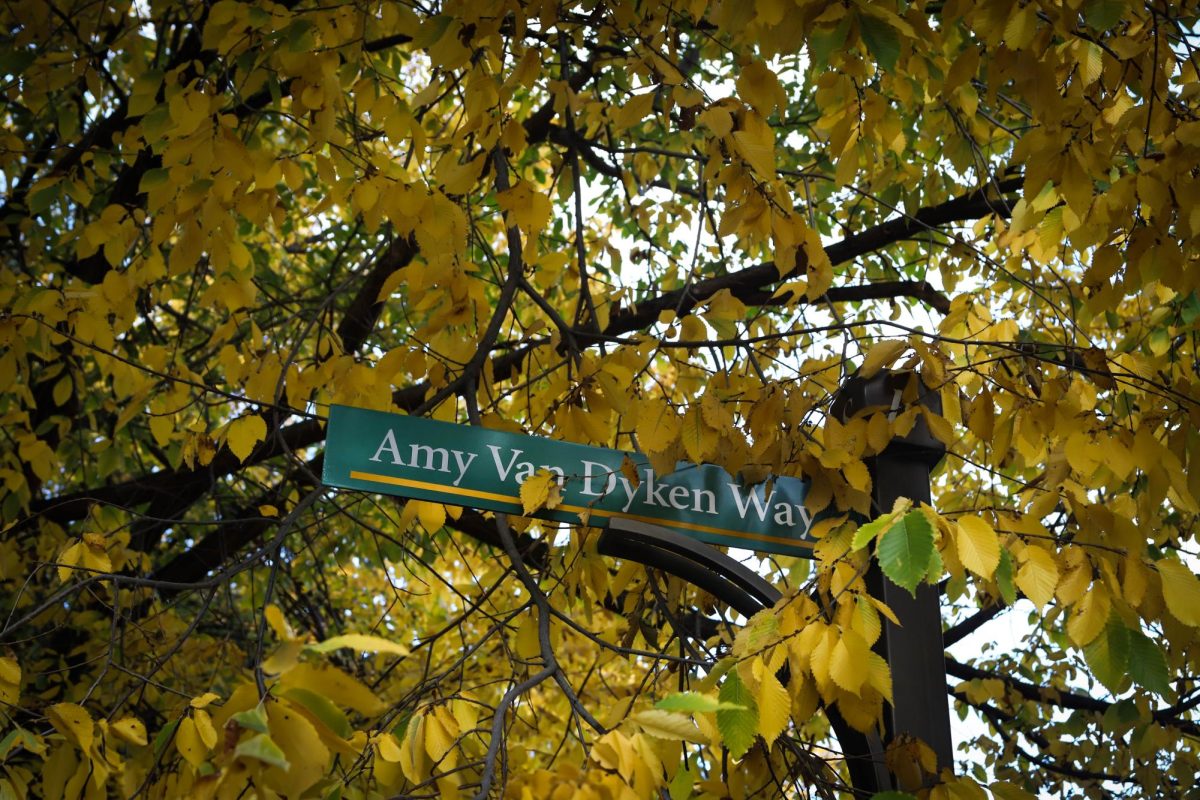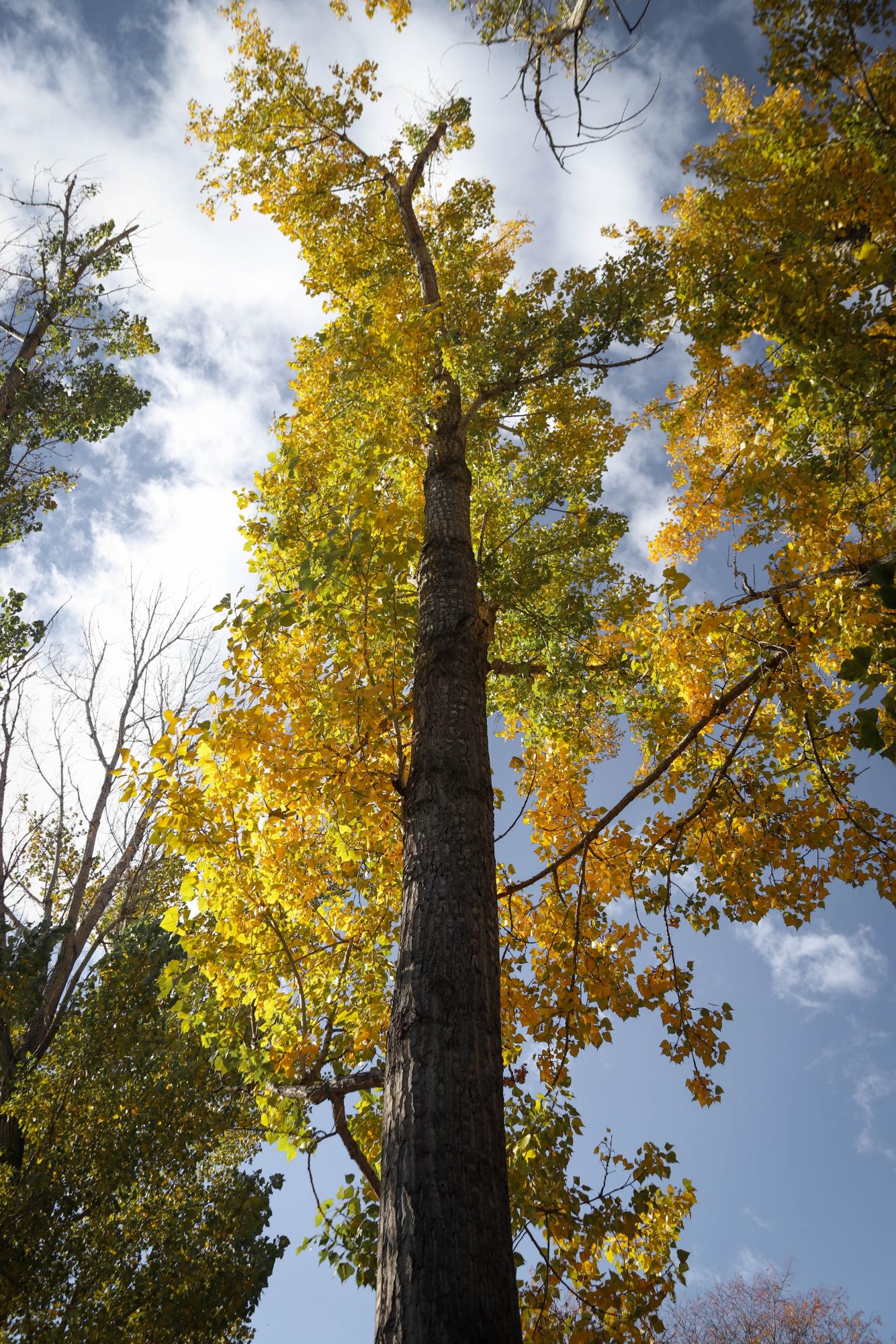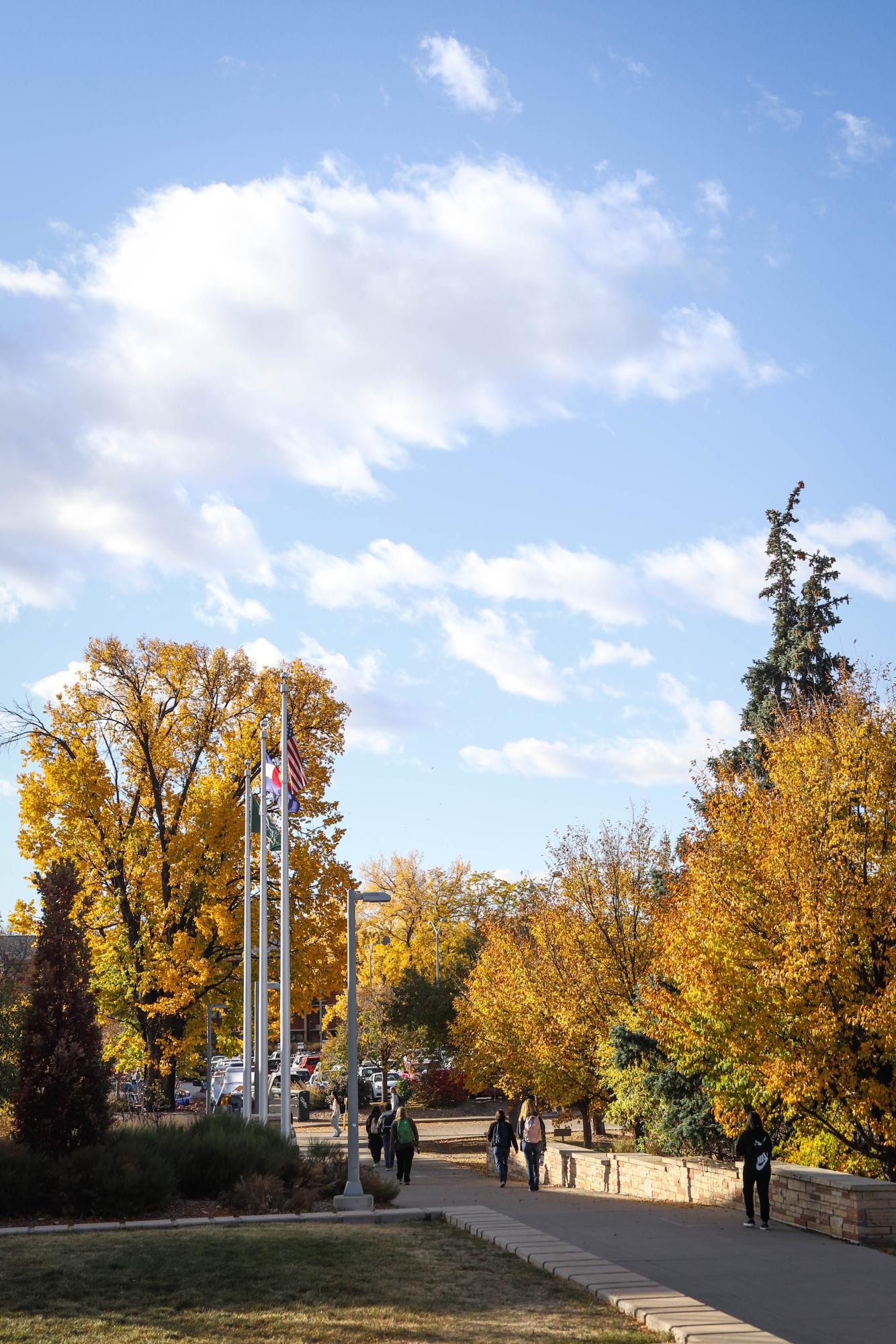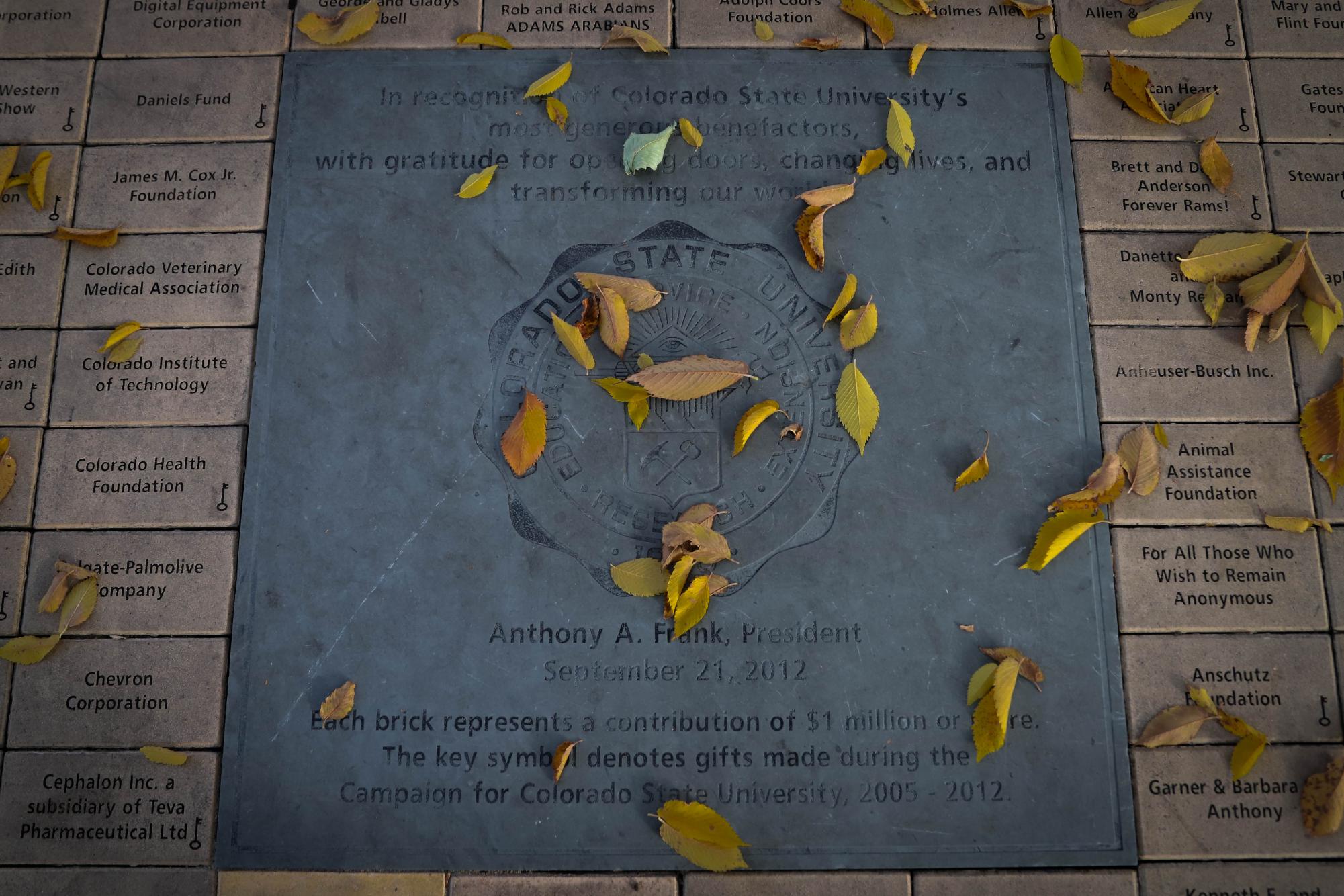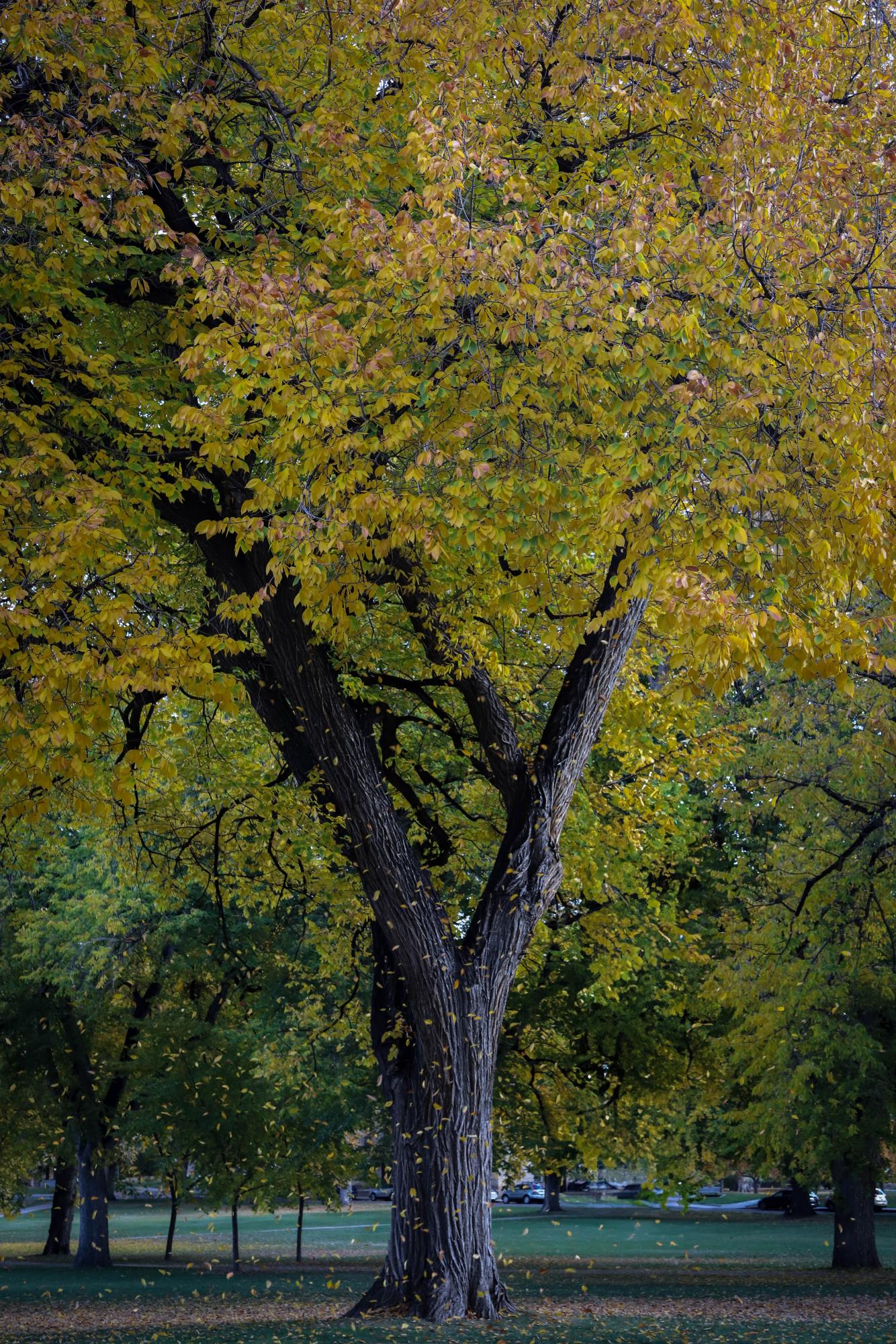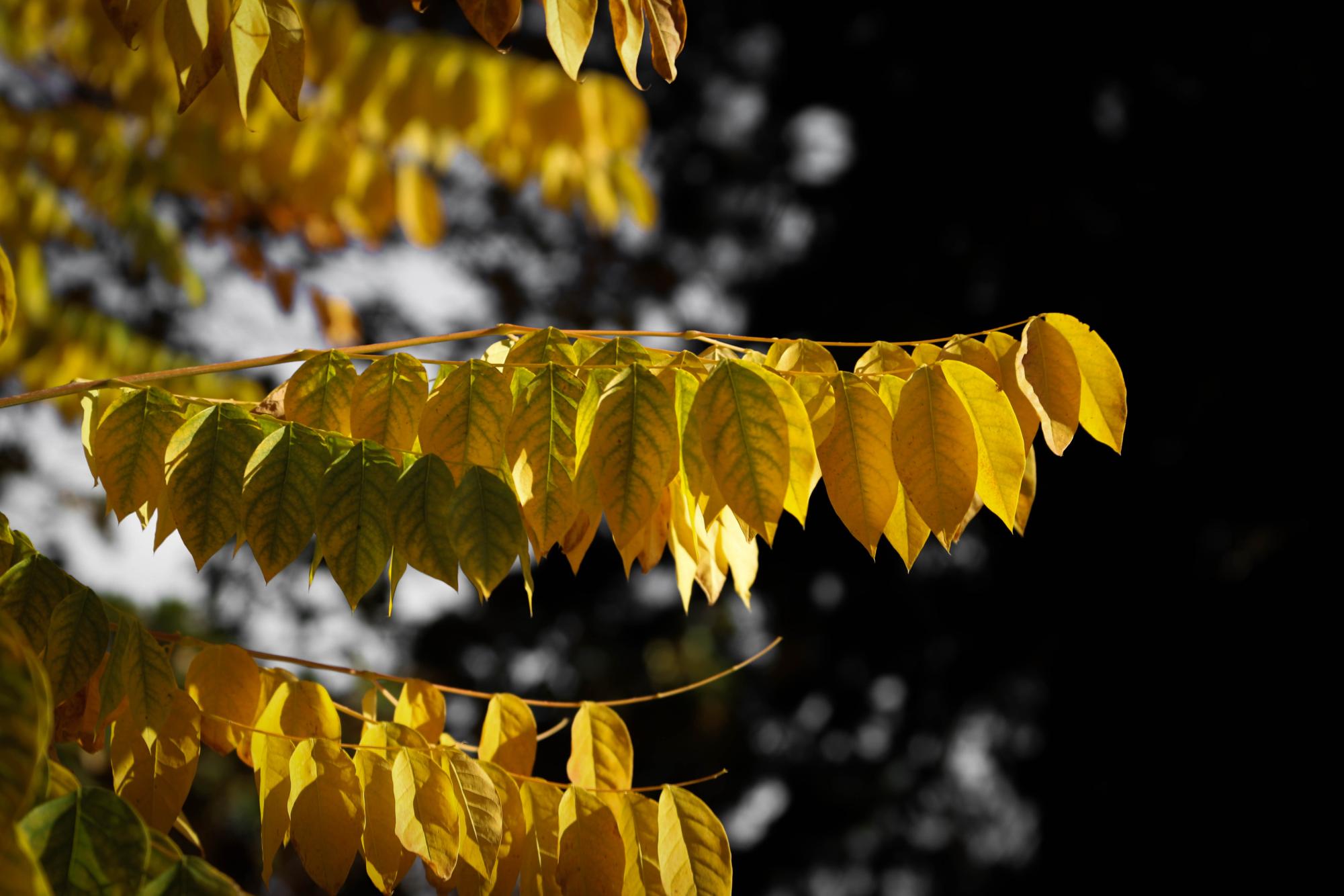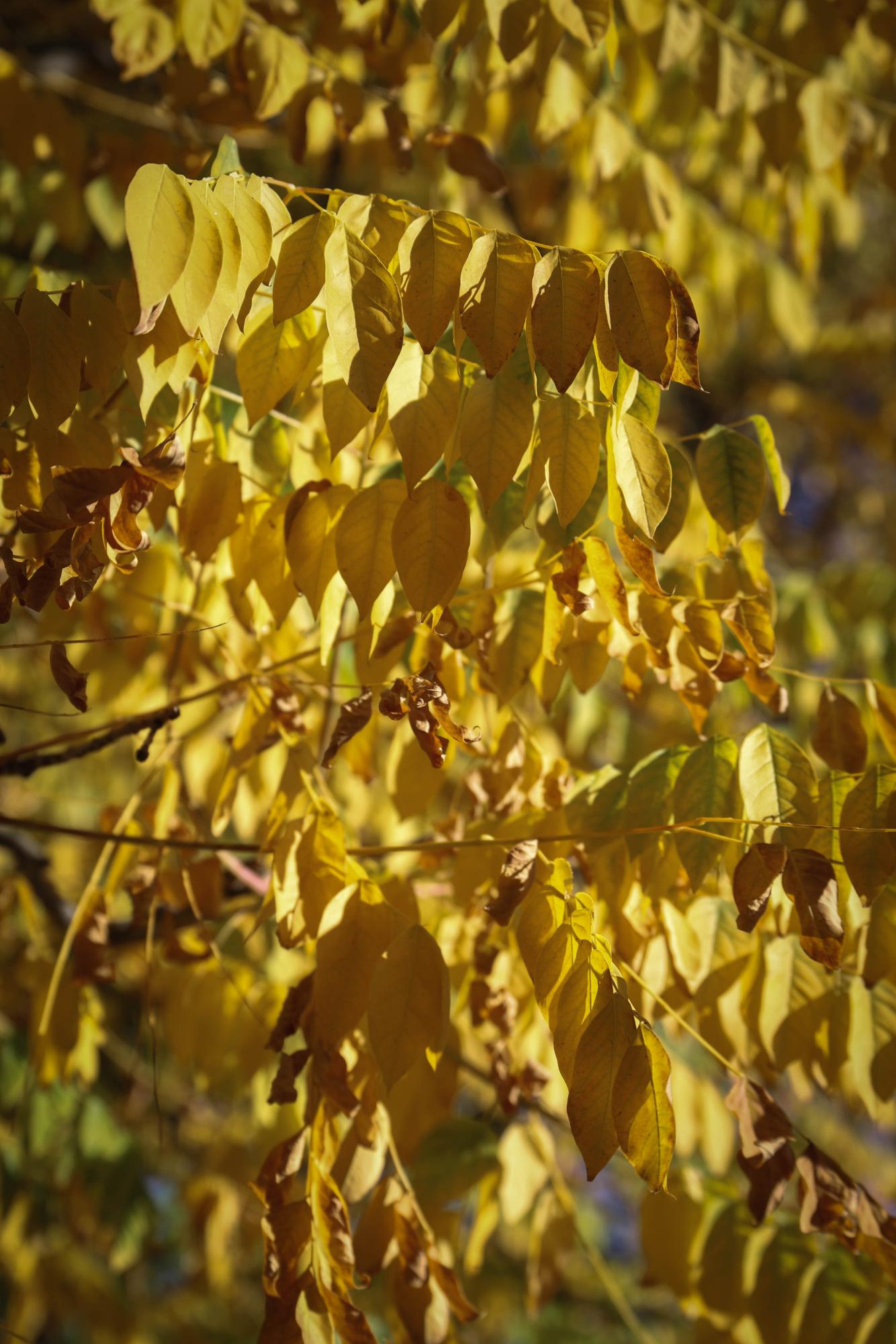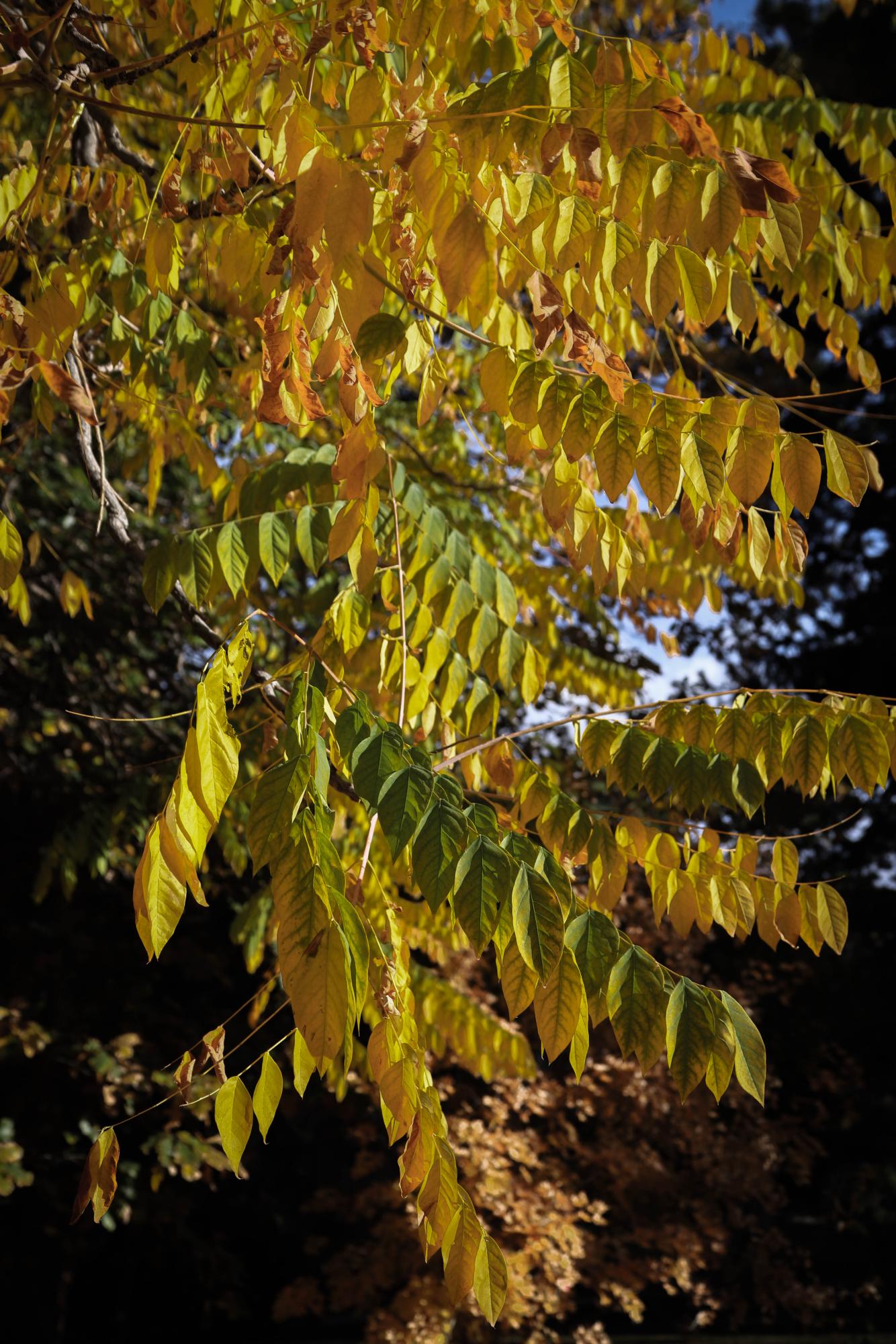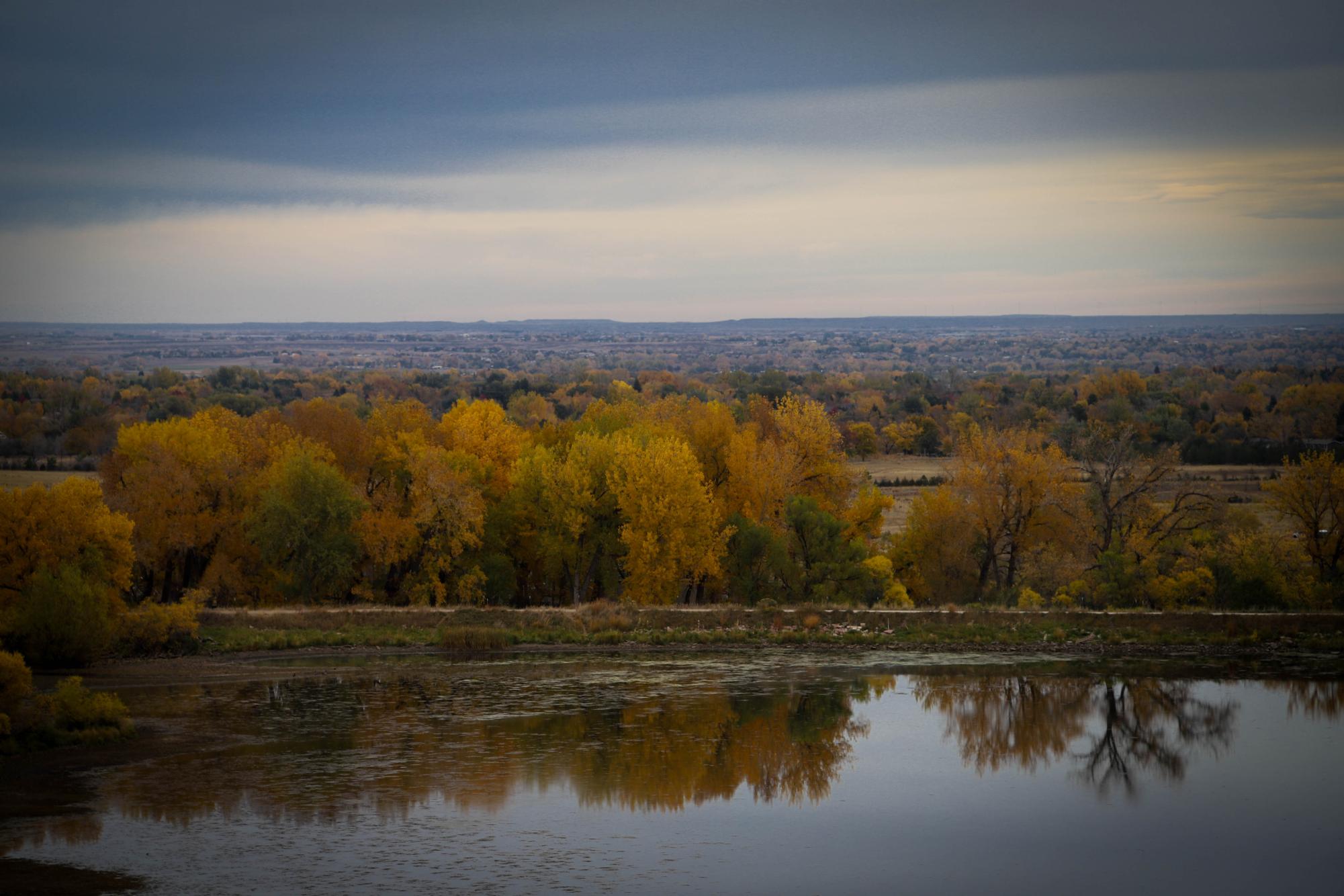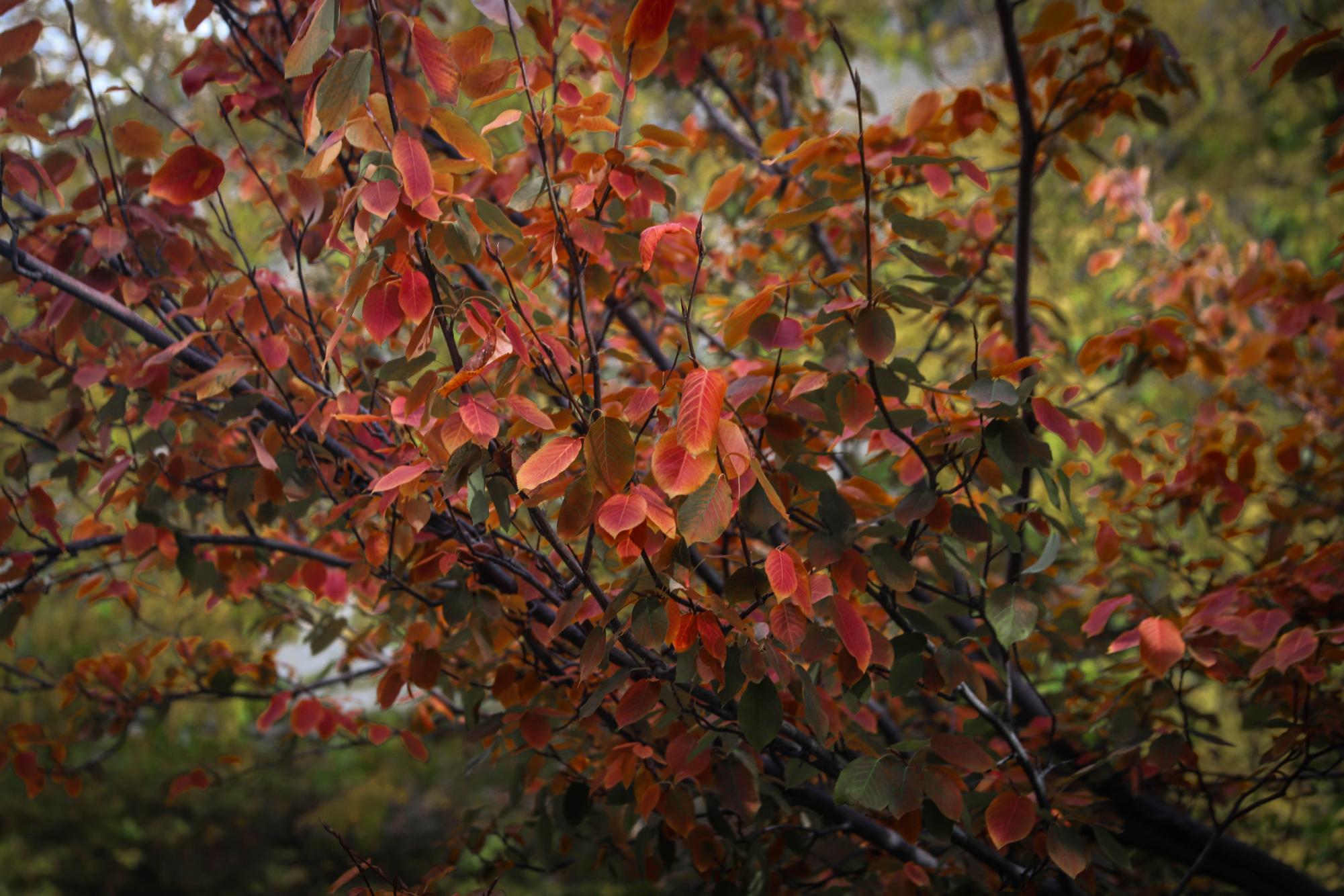When walking down the streets in Fort Collins, Colorado during the fall season, beautiful colors of bright yellow, red and orange can be seen throughout the town. These colors mean that winter is on its way, but residents have a few weeks to enjoy the fall colors. If you take a trip down the Poudre River, the yellow leaves of the aspen tree, one of Colorado’s most iconic fall symbols, make their way along the river. At The Oval at Colorado State University, the giant American elm trees, dating back to the 1880s and 1920s, drop leaves on people passing by. But what makes all of these beautiful leaves turn color in the fall?
Leaves are filled with chlorophyll, which is why they are usually green. Chlorophyll feeds on sunlight, but as the temperature gets colder, the sun sets earlier, making the days shorter. This makes the deciduous (trees that change color in the fall) trees turn their leaves red, yellow, and orange. This pigment is hidden during warmer months, but as soon as it starts getting colder, it erupts through the trees.
Whether a tree’s leaves turn orange, yellow, or red, is based on the chemical makeup of the tree itself. Leaves that turn red have anthocyanin present, which is a colored water-soluble pigment. If leaves turn yellow or orange, it means that carotenoids and flavonoids are present. Carotenoids are natural triterpenoid pigments and flavonoids are secondary metabolites.
So next time you are walking around during fall in Fort Collins and admiring all the trees, take a moment to realize the extraordinary science behind the color change. Think of all the different chemicals in play that create a beautiful rainbow of color throughout the town.




































